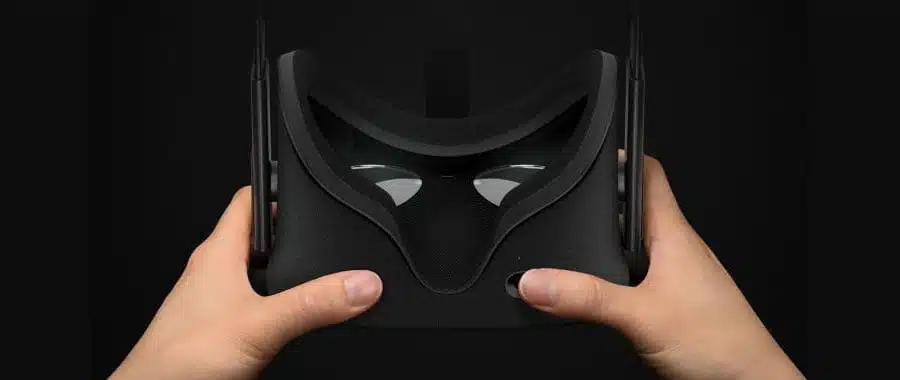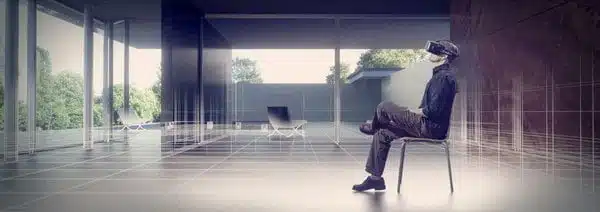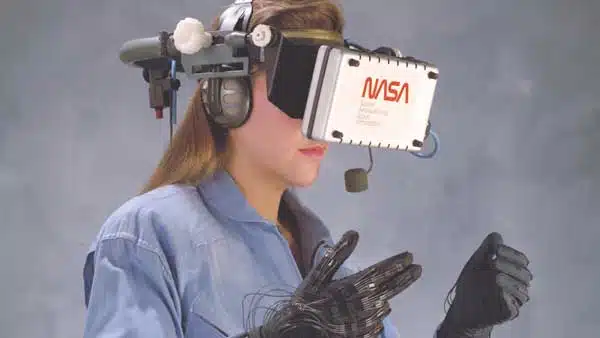
Virtual reality headsets have come a long way since the 2012 Kickstarter campaign gave the world the first glimpse of how entertaining contemporary virtual and augmented reality could be. With four years worth of development comes four years worth of imagination and innovation; it’s all well and good testing how motion sick a rollercoaster simulation can make you feel, but the real innovation playground is happening in the professional sectors.
Industries old and new are finding new and exciting ways to harness the power of virtual environments in a professional setting. We’ve spent some time looking at just a few.
Virtual Surgery
As one of the fastest adopters of new technology, it’s no surprise the medical industry has been at the forefront of experimenting with virtual reality in a professional setting.
Bringing medical imagery to life
Using actual CAT scans and ultrasounds to construct super accurate 3D models of individual patients, previously inoperable conditions have been examined in a virtual space with amazing results.
The University of California has one of the most advanced virtual surgery programs is the world. With the use of multiple NVIDIA GPUs and NVIDIA SLI technology, the UCLA’s medical virtual reality program (mVR) has managed to increase responsiveness and resolution possibilities, effectively giving surgeons the ability to “fly through” a patient’s anatomy. Doctors can safely explore the safest, most efficient way to get to tumours or make surgical incisions before getting to the operating table.
Practice on a virtual operating table
With the use of simulators, mock runs of surgeries can take place using the actual imaging from the real patients. Now doctors can try a surgery in a VR setting, before tackling the real patient. VR surgical simulations are going to revolutionise the way we train medical students around the world. Utilising the same high-quality imaging and scans, aspiring doctors have the opportunity to try their hand at even the most complicated of operations in a risk-free environment.
“The ability to go through a test-run for highly technical and sensitive surgeries is worth more than I can state” – Neil Martin, UCLA’s neurosurgery department.
Architecture
With the new possibilities virtual reality brings to the design industry, it might not be too long before every architect designs with the help of a VR headset and no consumer commissions a building without having first wandered around an immersive virtual model.
Designing differently
With the powerful new hardware available today, architects can swap out materials, reposition rooms and experiment with completely different colour schemes in their 3D models, and then inspect them in a virtual environment. With a virtual model, you can check for issues and root out flaws in a design that you’d never be able to experience in a standard 2D design.
And developing for VR isn’t nearly as jarring a process as you might imagine. For example, you might make a quick sketch with your graphic tablet, followed by some basic modelling in 3ds Max. Export the model into Unreal Engine and you’re ready to experience your rough designs in a virtual environment. With more and more of your preferred software developing VR drivers, you’ll soon be able to see your designs directly in your 3D modeller.

And for the clients…
Being immersed completely in an architect’s design will completely redefine how people buy and commission property. Short of making a 1:1 scale model to show off a prototype, nothing compares to 3D visualisations of a building that a customer can move through and experience for themselves.
Interactivity plays a huge role in a client’s “tour” of their potential property. You can turn on and lights, open doors, or instantaneously swap out a carpet for oak flooring. You can even summon a thunderstorm, to see how your new home might look in the rain.
“Providing customers with a high-fidelity VR experience during design review allows them to realistically visualise and make informed decisions, which can prevent costly design changes after construction has started” Alex Cunningham, VDC engineer at McCarthy Building Companies.
Space Exploration
Millions of us dream of going to space, but in reality only a fraction of us ever will. Of the 7 billion or so of us stuck to the Earth’s surface, only 24 people have ever travelled beyond low orbit, and only 12 have ever walked on the moon. The majority of human space exploration will probably be via VR headsets, but with the improvements in hardware, that might not be such a poor substitute.
Robotic probes, human eyes and ears
NASA’s Jet Propulsion Laboratory have been using virtual and augmented reality to precision control robotic arms for several years now, but that’s just the start of how this technology could be utilised in modern space travel. Virtual space environments will give the opportunity for many scientists from hundreds of disciplines, to examine life-like environments without the training, risk, cost and time it takes to send someone out of orbit. Inhospitable plants and even locations closer to home, like active volcanos and radiation zones, can be studied using robotic probes with the eye and ears of real people.

NASA uses the latest NVIDIA GPU tech, Unreal Engine 4, consumer-grade VR, scale room-tracking, physical models and wearable technology to create it’s Hybrid Reality System. “Right now, Geforce-powered room-scale VR in the HTC Vive transports you, visually, anywhere in the Universe. You really feel like you’re there. Our objective is to improve the experience for your other senses so it feels less like headset and more like a Holodeck.” – Matthew Noyes, NASA’s Johnson Space Center Hybrid Reality & Advanced Operational Concepts Lab
And if it is your dream to get up into space yourself, NASA used this technology to show the public what it’s like onboard their spacecraft at this year’s CES convention. It’s unlikely that you’ll be the one climbing into the Orion capsule in 2018, but with VR there’s the possibility of trying it yourself without leaving your living room.
In the office
It might seem a long way off, and the development is still in its infancy, but virtual reality desks are very real.
VR Desktop 1.0 is an application that allows you to use your computer’s desktop in a virtual setting. This seated experience lets you configure things like the screen size and distance, load multiple different virtual environments to work in, and view your 360 panorama photographs, right in the application. Instead of the flat, default rolling hills of Windows 7, why not check your emails in a vast 360 space garden or do your video conferencing in your own private cinema?
It might be a while before everyone in the accounts department are all donning their VR headsets and zipping around 360 degrees of spreadsheets, but even this early incarnation of virtual workspaces gives you an idea of how your office space might look in another four years.
